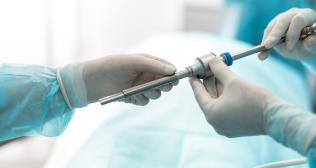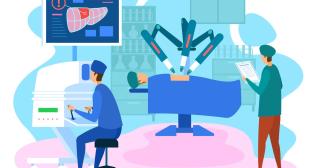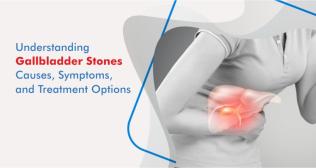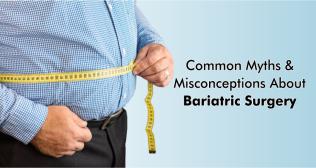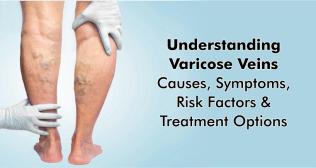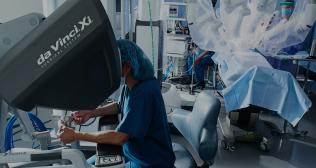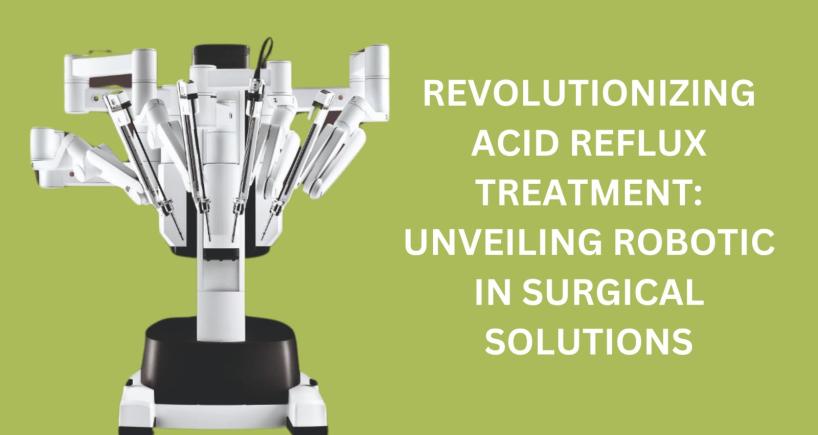
Revolutionizing Acid Reflux Treatment: Unveiling Robotics in Surgical Solutions
In the realm of gastroesophageal reflux disease (GERD) treatment, robotics stands as a beacon of innovation, offering precision and efficiency in surgical interventions. As medical advancements surge forward, the integration of robotics into acid reflux treatment unveils a new frontier, promising enhanced outcomes and patient satisfaction.
Laparoscopic surgery has revolutionized acid reflux treatment by offering minimally invasive procedures like fundoplication, which reinforce the lower esophageal sphincter and repair hiatal hernias. This approach reduces postoperative pain, hospital stays, and recovery time, providing patients with effective, long-term relief from gastroesophageal reflux disease (GERD) symptoms.
GERD, characterized by the regurgitation of stomach acid into the esophagus, poses significant challenges to millions worldwide. While medication often manages symptoms, surgical intervention becomes imperative for severe cases or when conservative treatments fail to provide relief.
Robotic-assisted surgery, a pinnacle of technological progress, presents a paradigm shift in treating acid reflux. Utilizing minimally invasive techniques, surgeons navigate with unparalleled precision, aided by robotic arms equipped with specialized instruments. This precision minimizes tissue trauma, reduces postoperative pain, and accelerates recovery—a stark departure from traditional open surgeries.
Key robotic procedures include fundoplication, where the upper portion of the stomach (fundus) is wrapped around the lower esophagus to reinforce the lower oesophageal sphincter, thereby preventing acid reflux. Additionally, robotic hiatal hernia repair addresses the anatomical abnormalities contributing to reflux, restoring normal function and alleviating symptoms.
The benefits of robotic surgery extend beyond clinical efficacy to encompass economic and societal impacts. Shorter hospital stays, reduced complications, and faster return to daily activities translate to lower healthcare costs and improved quality of life for patients. Furthermore, the proliferation of robotic-assisted techniques fosters professional development within the medical community, ensuring continued refinement and accessibility of advanced surgical options.
In conclusion, the integration of robotics into acid reflux treatment heralds a new era of precision and effectiveness in surgical interventions. As technological innovation continues to shape the healthcare landscape, embracing robotic-assisted surgery empowers patients with enhanced outcomes and a renewed sense of well-being. Let us embark on this journey towards optimal health, guided by the synergy of medical expertise and technological prowess.
Categories
Clear allMeet the doctor

- General Surgery | Robotic Surgery
-
12 Years
-
1200







